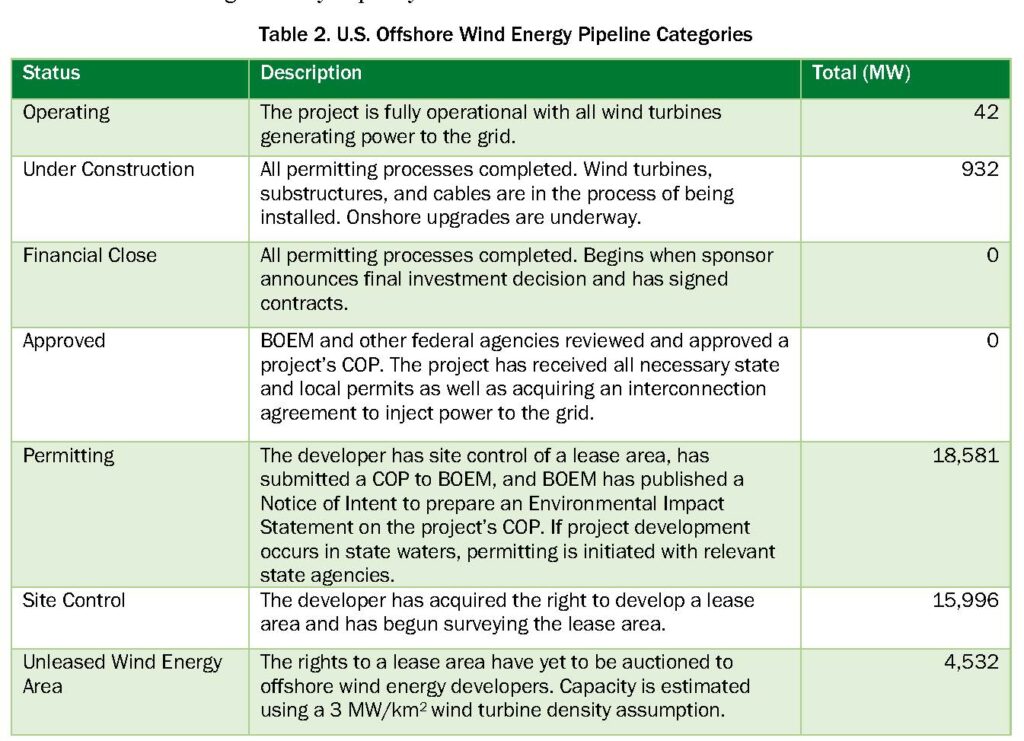The Department of Labor’s (DOL) “Nursing Expansion Grant Program” funding Opportunity Announcement (or “FOA,” which is DOL-speak for “RFP”) has a peculiar instruction, which we, as grant writers, noticed right away: “NOTE: Full points will not be given for simply repeating the requirements stated below or elsewhere in the Announcement.” This is a humorous instruction because many FOAs tell applicants what to do, and the applicant’s main duty is to tell the funder that the applicant will in fact do whatever it is that the funder wants the applicant to do, and which the funder has specified already. “We are going to tell you what to do and how to do it,” the funder seems to be saying, “but we want you to tell us what you’re going to do and how you’re going to do it.” The DOL, for the “Nursing Expansion Grant Program” application, says:
For example, if the applicant is asked, “Describe in detail how strategies to expand diversity, equity, inclusion and access to recruit participants will be implemented,” applications will not score the full points (and zero points may be received) for simply stating, “We will implement strategies to expand diversity, equity, inclusion, and access in our participant recruitment.” To receive full points, the applicant must describe, in their own words, the process or procedures their institution will use and what evidence is available to show those processes are effective for meeting the stated requirement.
The word “diversity” occurs 12 times in the “Nursing Expansion Grant Program” FOA, so there are a lot of places where applicants can pick up some diversity lingo for their applications. And, to the DOL’s credit, the strategies to be used “to expand diversity, equity, inclusion, and access in our participant recruitment” are pretty standard for an experienced grant writer: hire diversity consultants; provide diversity training; favor candidates from particular demographic groups in employment, while simultaneously complying with laws that forbid discrimination; subject all recruitment materials to review by diversity consultants who are experts in all facets of diversity and the implementation of diversity; and so on. Are diversity consultants particularly qualified to judge the success or failure of diversity efforts? Maybe. Does hiring diversity consultants improve actual, real-world diversity on the ground? Maybe, maybe not. But the DOL wants diversity and therefore applicants are obliged to promise that they’ll focus on diversity, albeit without appearing to quote the DOL’s instructions that describe what the DOL wants.
The FOA questions have the air of an Inquisitor during the Inquisition: “We are asking the question, and we know the answer, but you must supply the answer we are looking for.” If the DOL knows the answer, why not just tell the applicant what the specific expectations are?
I don’t want to pick on diversity too much here, because the DOL also offers instructions like “Clearly identify the training strategy(ies) that will be deployed to train participants enrolled in the Nurse Education Professional Track or the Nursing Career Pathways Track, as described in Section I.E. Program Design and Allowable Activities,” as if humans don’t have millennia of experience in “training strategies,” almost all of which reduce to some combination of direct instruction and hands-on practice. How do you ascertain someone’s blood pressure? We’re going to show you how, then you’re going to do it, then we’re going to give you feedback, then you’re going to teach someone else to do it.
Who knows: maybe some applicant to the “Nursing Expansion Grant Program” will reinvent the entirety of human education and knowledge transmission, but I’d personally bet against that, and I’m guessing that the same strategies will be used that anyone who’s ever participated in K – 16 education will be familiar with. There’re only so many ways to slice a salami and all that.
Some applicants could use online modules as part of their education effort (someone is probably vending those for nursing education), and those online modules might be appropriate for highly motivated trainees, but we’ve seen through the course of the COVID-19 pandemic that, in most cases, online modules don’t effectively replace in-person learning for most people.
I’m (obviously) a grant writer, but I also occasionally teach writing and related subjects for undergraduate college students and have seen the results of online “education” firsthand. Non-traditional nursing students may be more motivated than typical undergrad cohorts, but much of nursing is a hands-on discipline that needs in-person training, and thus it’s not likely to be highly efficacious online—and that’s particularly true given online education’s existing drawbacks.
Continue reading Curious instructions in the DOL’s “Nursing Expansion Grant Program” FOA


